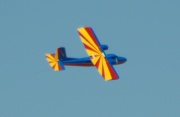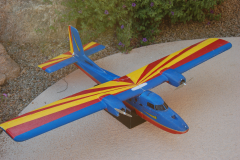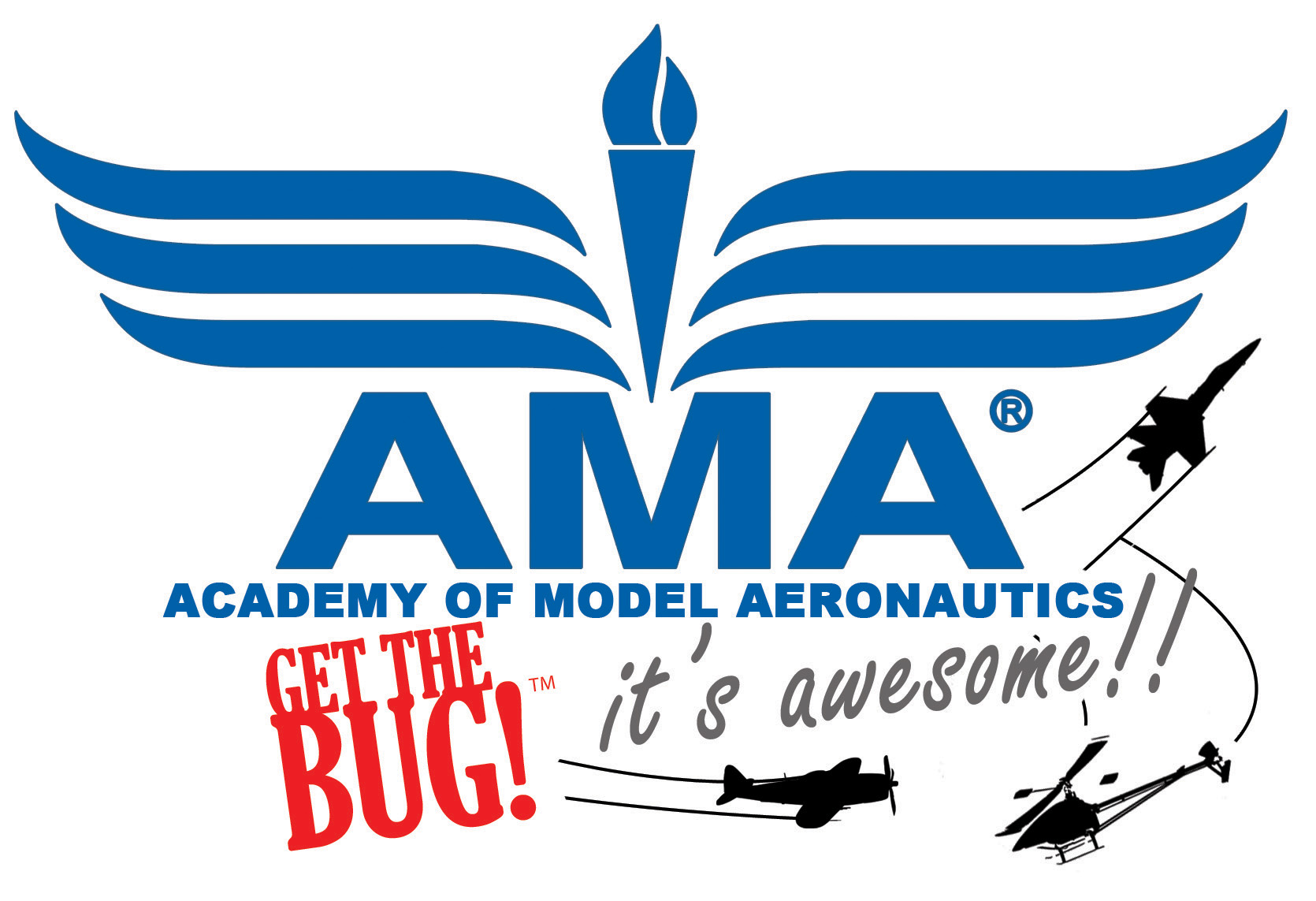


Multiplex’s Twinstar II is a great second airplane and aileron trainer. It’s a four-channel model made from Multiplex Elapor foam.
Like the Easy Star, it comes without landing gear. It is hand-launched and landed on it’s belly. Many of the great paint jobs applied to the Twinstar II are based on those found on De Havilland Twin Otters.  The Twinstar II comes as either a kit which includes the twin motors and handy connection circuit board for mounting the power cables and the aileron servo wires or as a Receiver-ready kit which includes the servos and esc in addition to the wires and connectors included with the bare kit. Take a look at the Twinstar II manual here.
The Twinstar II comes as either a kit which includes the twin motors and handy connection circuit board for mounting the power cables and the aileron servo wires or as a Receiver-ready kit which includes the servos and esc in addition to the wires and connectors included with the bare kit. Take a look at the Twinstar II manual here.
The model is easy to assemble. In fact, with the foam construction their really aren’t many pieces at all. Unlike other foam materials, the foam pieces are joined with CA and kicker. Like many Multiplex models, the servos are linked to the rudder and elevators with long wire connectors sliding inside nested tubes called snakes which are glued into channels molded into the outside of the fuselage. This technique works well with a caution not to get CA on the snakes. The pushrods come with a z-bend on the servo side and straight on the control surface side. Multiplex quick connectors made for easy set-up and mechanical trimming.
I used Hitec HS-55 servos for each of the control surfaces. That means you will need 4 –1 each for rudder and aileron and 1 for each aileron. As mentioned above, the wiring kit comes with a handy wiring board with connections for the aileron and power leads from the wings. The leads from the board are then connected to the ESC and receiver. I have found the board pretty rugged but I have had to re-solder one of the aileron leads that broke after some handling over several flights. I’m much more careful now!
The fuselage has lots of room for the electronics. The servos mount under the canopy section which also serves as battery access. The canopy clips are the ones found on many Multiplex models. The area under the wing provides room for the receiver, the wiring board and ESC. The air scoop on the nose and opening behind the wing provide cooling airflow. Even on HOT Arizona days, the battery and ESC return not much hotter than the outside air temp.
One of the fun things about the Multiplex foam models is the ability to get creative on the decorating. While the models come with nice adhesive decals, I enjoy painting. I used Krylon Fusion spray paint for much of the decorating in the accompanying pictures. I wasn’t totally happy as the spray pattern was wide and I tended to get a fair amount of overspray as I tried to keep the can far enough away from the model to avoid drips and runs. I ended up brushing a lot to achieve the star burst effect on the top of the wing. I’ve subsequently gotten a two-gallon compressor and single action airbrush which gives me better control.
The Twinstar is a fun model to fly. I’ve found it to be a good aileron trainer with the power to do loops and rolls with the stock power system. It has also been effective in getting me to think about coordination my turns with rudder. Without the rudder, the turns are unsightly. For a fairly heavy foam model the Twinstar seems to glide forever. I’ve overshot many landings by underestimating the glide. The glide has also saved me a couple of times, too. With the stock props it had a nasty habit of throwing a prop. The asymmetric thrust made control difficult, just like with a full scale twin. Even when near the far edge of the flying field, I was able to set the throttles to off and glide back to within striking distance of the runway. Frustration with the props flying off lead to my only modification to the model. I got prop adapters and APC 5.5X4.5 props. I haven’t had a problem with lost props since. Here is a short video of the Twinstar II in action. This was shot with the stock motors.
Speaking of problems, crashworthiness is a good feature of the Twinstar. I’ve had a couple of firm hits to terra firma with little damage. (I did say aileron trainer after all) The worst crash ended up breaking the nose off the plane at the rear edge of the canopy. Since I had used hot glue to mount the servos, they came free without stripping. A little hot water to re-expand the collapsed foam and some CA made for a quick repair. The photos and video are post crash repairs.
Many reviews, to include ones in the popular RC magazines, discuss the Twinstar II with brushless power systems. The message threads on this model also have great information regarding going brushless. Since the stock system flies the Twinstar nicely the upgrades would make it a rocket. Why you’d want a straight-wing, twin engine rocket, however, is for you to decide. If you are toying with the idea of brushless motors, however, be sure to mound the extra wire in the wing channels or plan on mounting the ESCs in the nacelle. Either plan works but you know the old saying about prior planning.
Note my article on the brushless Twinstar II upgrade.
Lastly, consider keeping the box. A couple of cuts on the end for the elevators and some Velcro for the two end pieces results in a nice carrying container. Keeping things covered can reduce hangar rash for your Twinstar.
Get your Twinstar II at Amazon.com


